Genomic research guiding the recovery of threatened flora
Conservation genomic research at the Botanic Gardens of Sydney is guiding the recovery of more than 30 threatened plant species including Julian’s Hibbertia, Native Guava and River Red Gum.
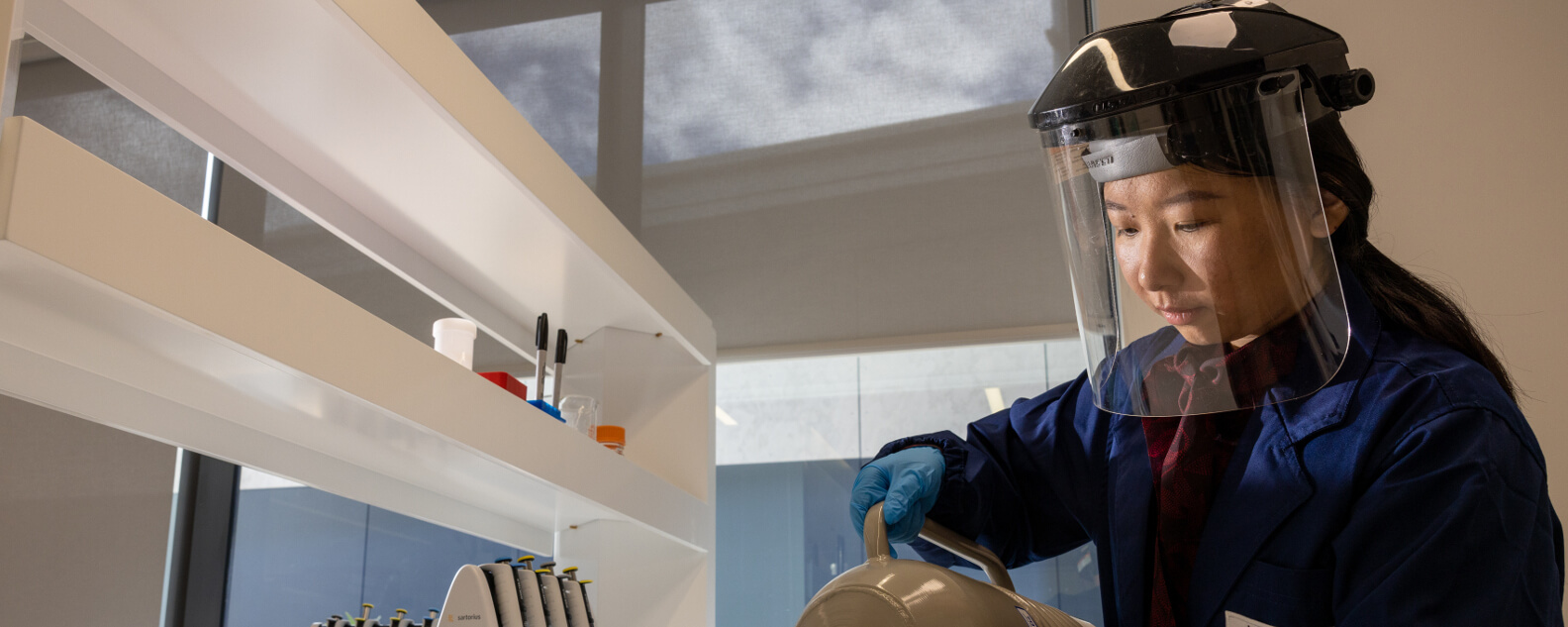
Conservation genomic research by the Research Centre for Ecosystem Resilience (ReCER) at the Botanic Gardens of Sydney has helped guide the recovery of over 30 threatened plant species.
To commemorate National Threatened Species Day 2023, we kick off a new regular feature where we highlight how conservation genomics is informing the on-ground management of threatened plants.
In this post, we highlight how genomic information is helping to: overcome habitat fragmentation for the critically endangered Julian’s Hibbertia, create a living insurance collection of Native Guava before it becomes extinct in the wild, and restore an endangered population of River Red Gum.
Conservation genomics workflow makes genomic information more accessible
Owing to decreasing costs and increased efficiency, it is now conceivable that conservation genomic information can be used to improve the effectiveness of recovery programs for many, if not most, threatened plants. ReCER supports the NSW Government Saving our Species program through the provision of genomic information to help guide the recovery and long-term management of threatened flora.
Our conservation genomics workflow process enables us to work on dozens of species at once. Over the past decade, we have undertaken genomic research on over 30 threatened plants, with another 70 currently being studied. Here is an up-close look at our conservation genomic research for three threatened plants, highlighting how genetic information is guiding their recovery and long-term management. All three projects are collaborations with the NSW Saving our Species program.
Header image: Lab research on Native Guava. Credit Michael Lawrence-Taylor
Hibbertia spanantha – using genomics to matchmake and help overcome isolation caused by habitat fragmentation
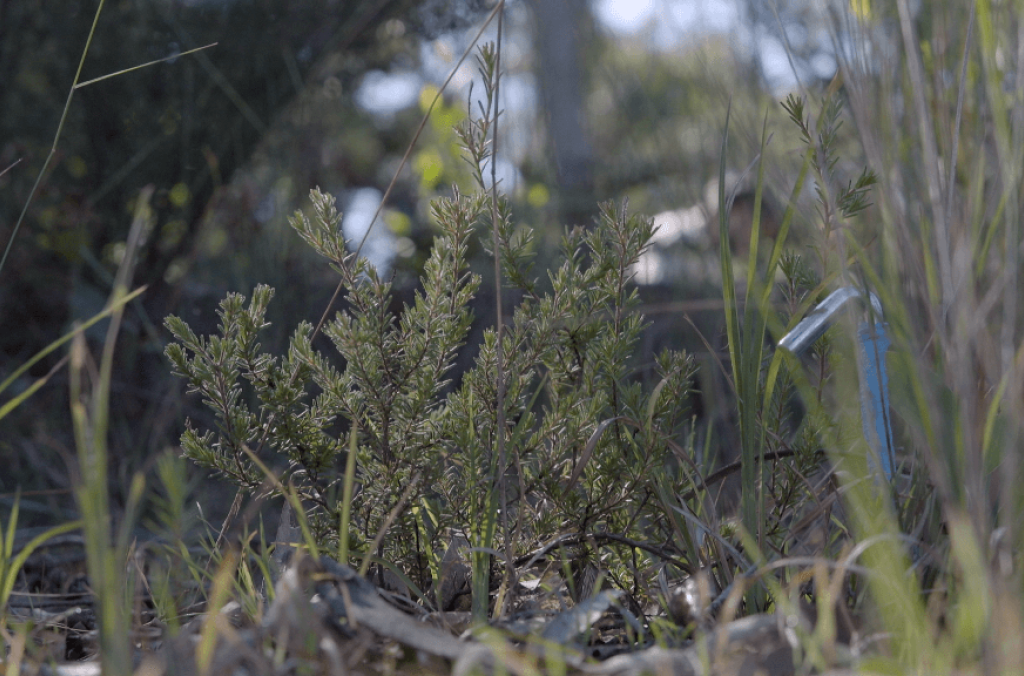
Genetic information is helping to guide selection and propogation of unrelated plants to improve the long-term viability of populations of Julian's Hibbertia. Image 1 and 3 (from left to right) credit: Michael Lawrence-Taylor 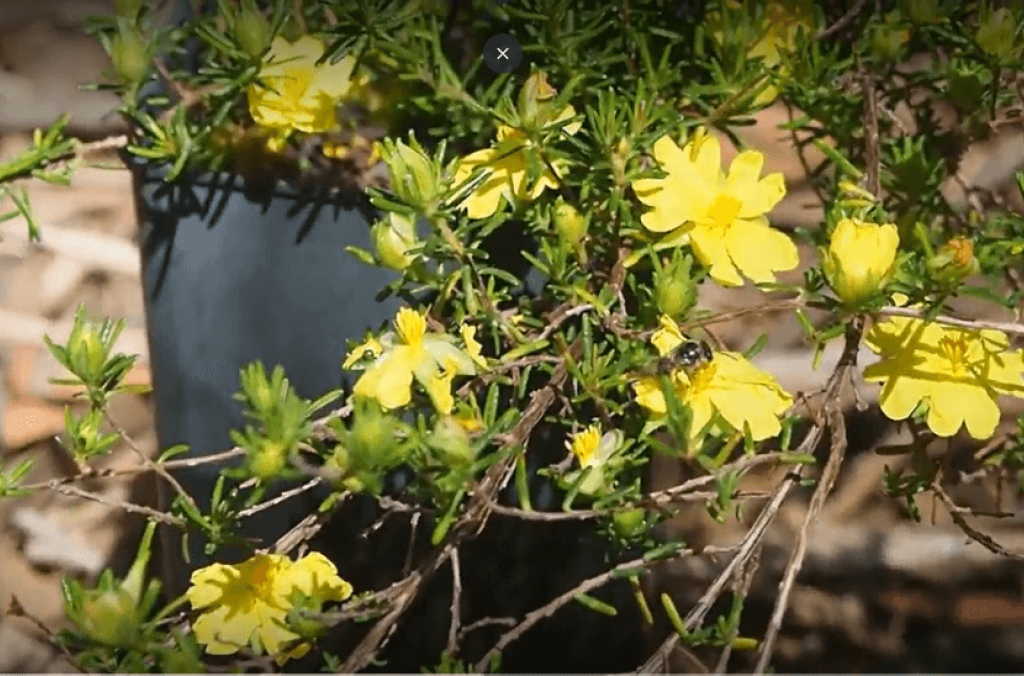
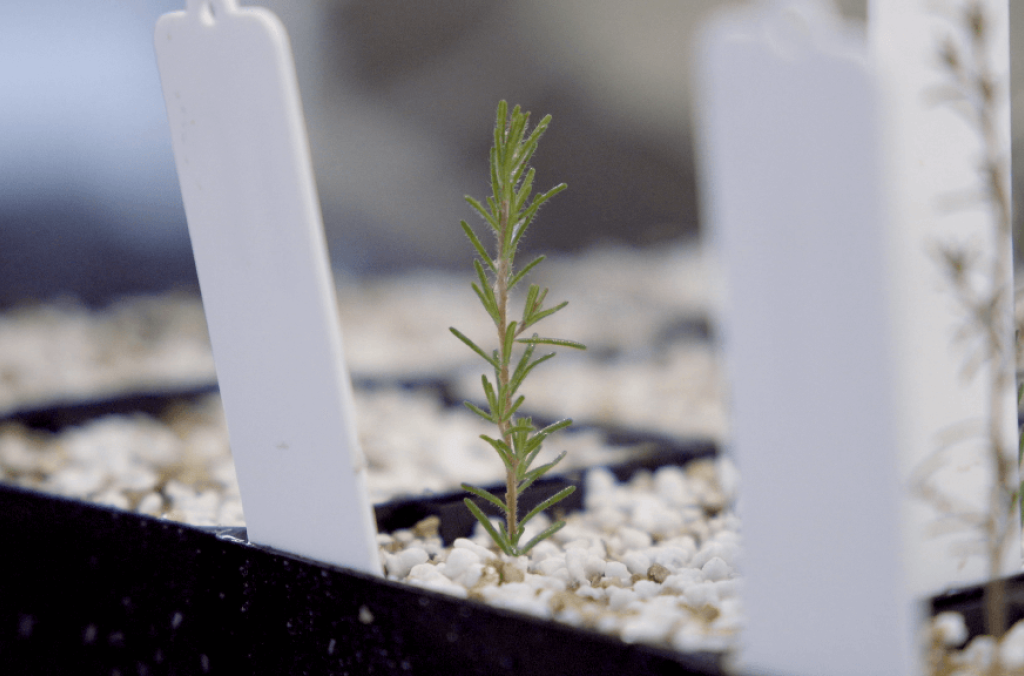
Julian’s Hibbertia is a critically endangered shrub that is only found in the Sydney Basin and faces the very urban challenge of being fragmented.Roads and development isolate populations; the distance between them being further than the bee that pollinates them can fly. Some plants can pollinate themselves (called self-pollination or selfing), but not Julian’s Hibbertia.
Genetic research revealed that all known populations show high levels of inbreeding and are made up of closely related individuals (genetically identical clones or siblings). This is not a good thing for a plant that doesn’t like to mate with itself, or its siblings. It means very little viable seed is being produced and consequently the populations are unlikely to persist in the long term without our help.
Genomic information is helping to overcome the impacts of habitat fragmentation and isolation by matchmaking – introducing unrelated plants to each other. A collaborative project, involving Ku ring gai and Hornsby councils and the National Parks and Wildlife Service, planted unrelated individuals into previously inbred populations in 2021 and 2022. It’s early days, but it is hoped that due to increased genetic diversity within populations, seed production and natural regeneration increase.
Chantelle Doyle, from ReCER and the University of New South Wales, shares how genetic information is helping to guide the recovery of Hibbertia spanantha.
Rhodomyrtus psidioides – using genomics to create a living insurance collection of Native Guava before it becomes extinct in the wild
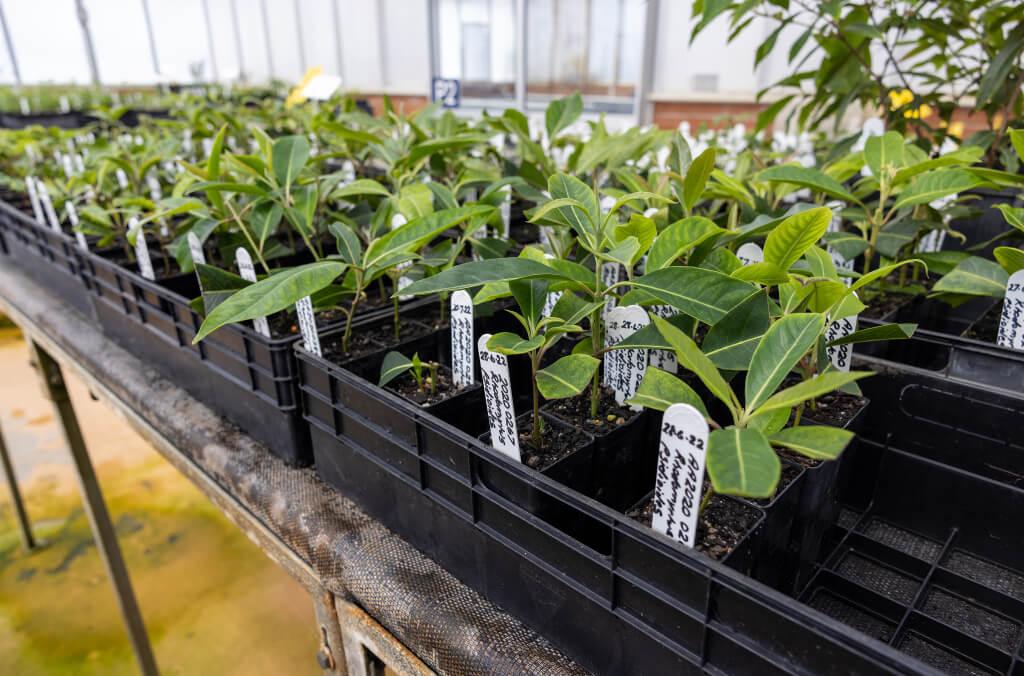
Genetic information is helping to guide the establishment of a genetically diverse ex situ collection of Native Guava before it becomes extinct in the wild. Image credit: Michael Lawrence-Taylor 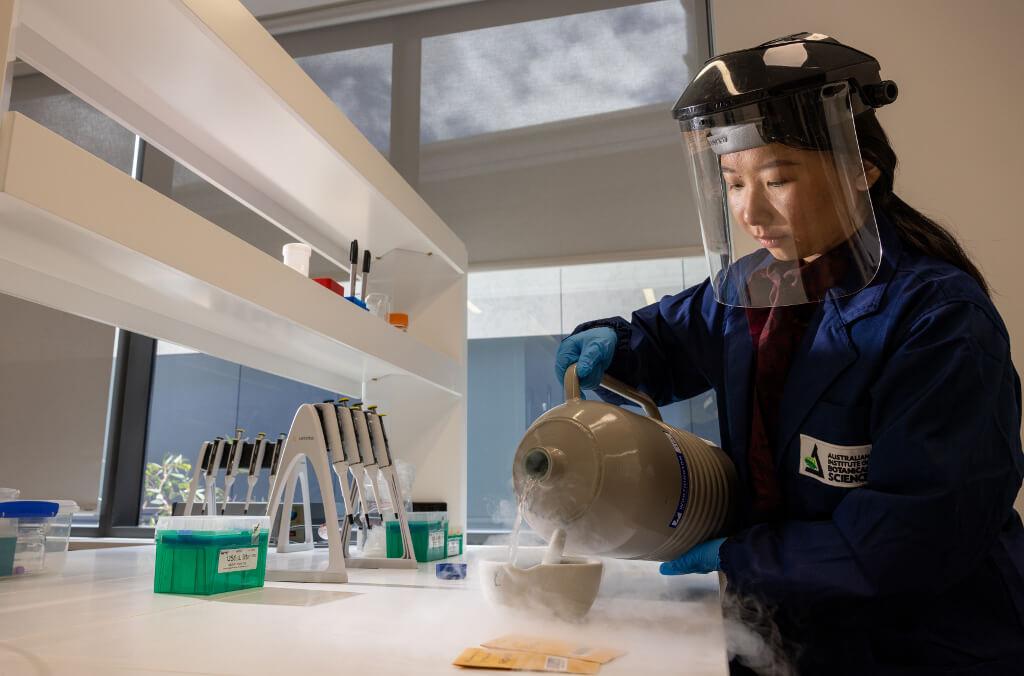
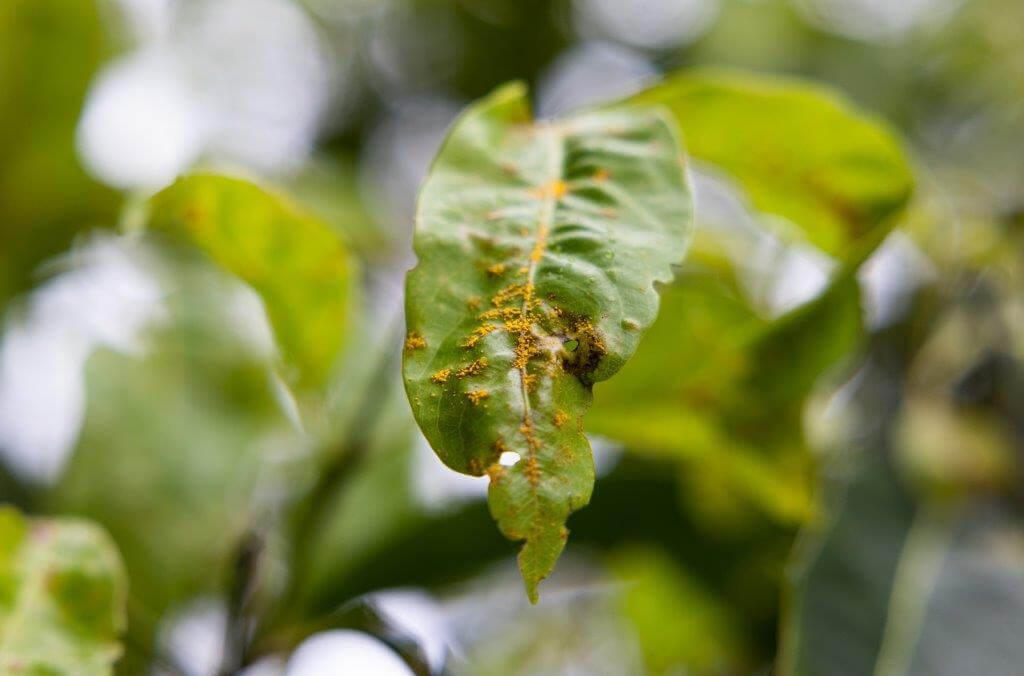
Native Guava is a once common rainforest shrub or small tree that occurred along the east coast of NSW, which is now critically endangered because of Myrtle Rust. In 2010 the fungus, Myrtle Rust (Austropuccinia psidii), arrived in Australia with devastating impacts to some species in the Myrtaceae family, including native guava. Myrtle Rust infections prevent flowering and seed production in native guava. Unable to reproduce, the species is functionally extinct in the wild.
ReCER partnered with a team of researchers and conservationists, led by the Australian Network for Plant Conservation, to create genetically representative collections of Native Guava.Genetic information ensured the full range of genetic diversity (genotypes) was collected. It is important to conserve as much genetic diversity as possible, as genetic diversity will help the species adapt to other future environmental challenges such as climate change or other plant diseases.
Living collections of these genotypes were made by the NSW Department of Planning and Environment and Botanic Gardens of Sydney and have been shared with four other partner gardens as insurance. This project moved fast and has been extremely successful. In 2018 only two genotypes were protected in living collections. In 2023 there are 60 unique genotypes and hundreds of individual plants protected.
Whatever happens in the wild, Native Guava is now protected from extinction and the nursery living collections can be used to research methods to combat Myrtle Rust, such as resistance breeding. The long-term goal is to reintroduce genetically diverse myrtle rust resistant plants back into the wild.
Bob Makinson, from the Australian Network for Plant Conservation, shares how genetic information is helping to prevent extinction of Native Guava.
Eucalyptus camaldulensis – Genomic information helping to restore an endangered population in the Hunter Valley
Genetic information is helping to guide the restoration of an endangered population of River Red Gum in the Hunter Valley.
The Hunter Valley population of the otherwise widespread tree River Red Gum is listed as an endangered population. Being the only coastal catchment population in NSW makes it unique and worth conserving. River Red Gum was once abundant across the floodplains of the Hunter Valley but has been extensively cleared. The few trees that remain occur as small and isolated groups of trees.
Genetic research by ReCER revealed that the small and isolated groups of trees have lost genetic diversity. Genetic diversity is especially important for eucalypts given that they are preferential outcrossers; they don’t self-pollinate and avoid mating with close relatives. Eucalypts can be so desperate for outcrossed pollen that they will hybridise rather than inbreed with a close relative.
Genetic study of plants used in a restoration project by Broke Bulga Landcare, in collaboration with Hunter Region Landcare Network and Hunter Local Land Services, provided further insight into the impact of these low levels of genetic diversity. We genotyped the mother trees (trees seed were collected from) and also the seedlings used in the restoration. We discovered some small groups of trees have lost so much genetic diversity that they are highly inbred and producing unhealthy seed. Other isolated trees are producing hybrid seed. We also discovered non-local provenance planted trees that otherwise appeared natural.
The nursery kept track of which seedlings were from which mother (we call this maintaining separate maternal lines) so we were able to exclude the non-local provenance and hybrid seedlings from restoration plantings. Our research has identified areas where seed can be collected from to enhance genetic diversity within the Hunter population of River Red Gum.
We are currently completing sampling across NSW and results will be made available via the Restore and Renew webtool, helping to guide ecological restoration of River Red Gum across NSW.
Bruce Cowan, from Broke Bulga Landcare, shares how genetic information is helping to restore an endangered population of River Red Gum in the Hunter valley.
More information
Related stories

Bunga Bangkai (Indonesian), Titan Arum or Amorphophallus titanum has the biggest, smelliest flower-spike in the world. It flowers for just 24 hours, once every few years… and in January 2025 one bloomed at the Royal Botanic Garden Sydney. Named Putricia by staff at the Botanic Gardens of Sydney, she quickly captivated people from all over the world, writes John Siemon, Director of Horticulture and Living Collections.
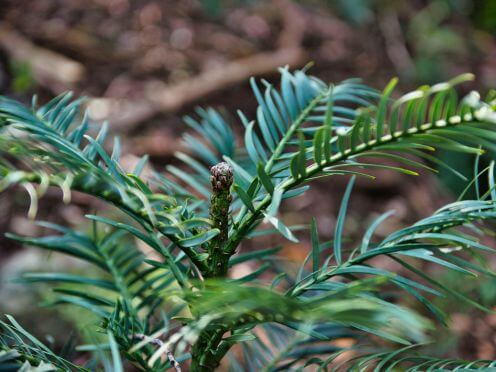
The legendary Wollemi Pine (Wollemia nobilis) has captivated the world since its discovery in the Blue Mountains in 1994. Three decades later, its survival story isn't over yet with the critically endangered conifer still at risk of extinction.

New developments in machine learning are allowing huge datasets to reveal changes in plants. Scientists at Botanic Gardens of Sydney have harnessed these advancements to look at Australian eucalypt species, unveiling their transformation over millions of years.